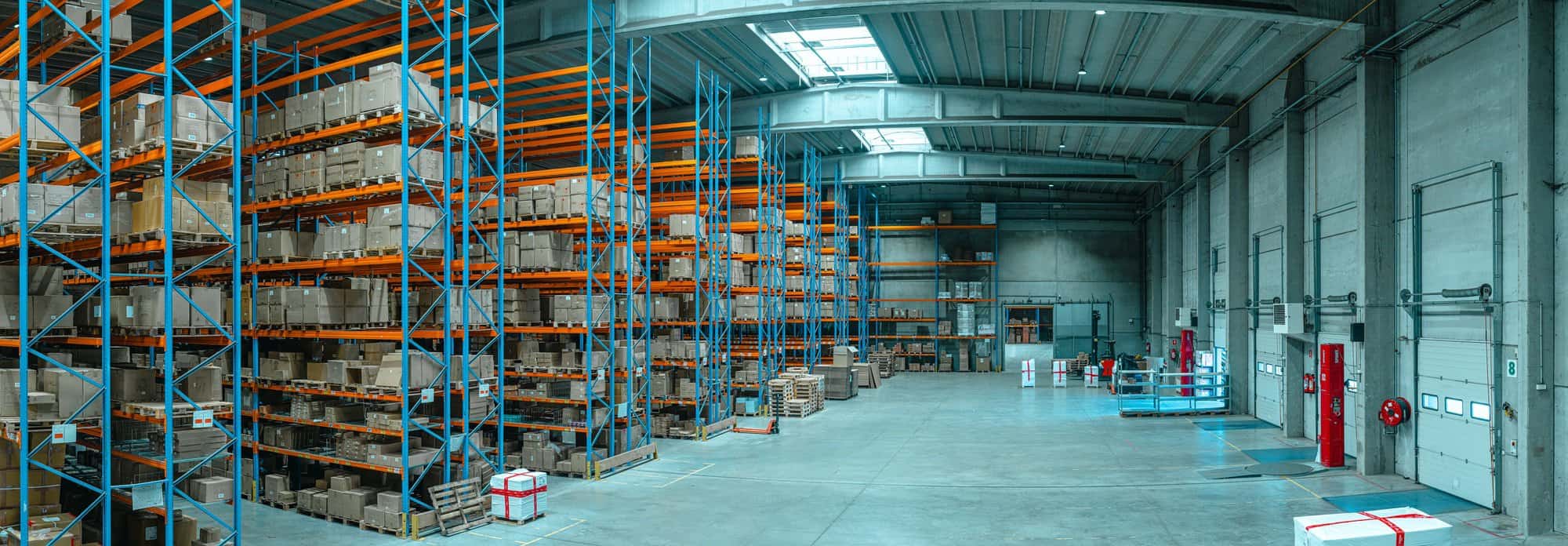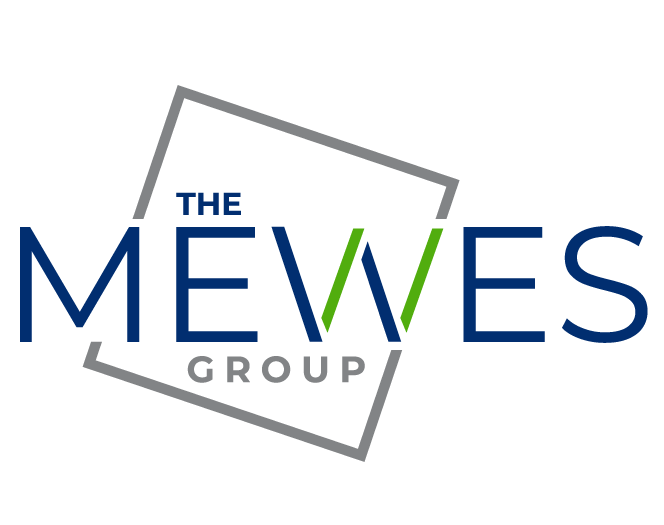
Was your supply chain disrupted in 2020? If so then you’ll definitely want to read this!
As you may know by now, we do a lot of work with the employee retention tax credit. I have put in hours of time and hundreds of pages of reading into becoming a subject matter expert. This way, my clients don’t miss out on this great relief package. Today we will continue diving into the qualifiers for this package that apply to both essential and non-essential businesses.
The IRS created 3 primary qualifiers for the employee retention tax credit:
Revenue reduction – Read here!
Partial shutdown – Read here!
Supply chain disruption (keep reading!)
Supply Chain Disruption
While it may be one of the least used qualifiers it is actually incredibly important! It is easy to overlook the effect that supply chain disruptions have on your business. There are circumstances under which a disruption in production or supply of a necessary item you need to do business can qualify you.
Obviously, if your suppliers are failing to get you the products you need to meet your customers’ needs then you may qualify here. In many cases, manufacturers were affected by partial or complete shutdowns. If this is the case and you can demonstrate that your suppliers were failing to meet your needs; then you are well on your way already! During those periods where you can demonstrate a disruption in the product you most likely qualify.
Demand-Side Shock
On the flip side of this coin, you have what economists call demand-side shock. As an example of demand-side shock let us consider 3M. 3M makes a lot of personal protective equipment. They saw a significant spike in demand in 2020 as you might expect. Not all customers were created equal in a time like this. 3M was forced to focus their supply on the customers who most needed their products. Hospitals, doctor’s offices, and other healthcare customers were prioritized making it hard to get 3M products for many other companies. That is an example of demand-side shock. This may or may not be a qualifier versus other examples of supply chain disruption.
A more traditional example of supply chain disruption would be that your supplier was forced to partially or fully shut down. In this case, your inventory was obviously interrupted forcing you to find a new supplier or not sell that product. If you were unable to find another supplier and can show that it had more than a nominal effect on your business, then you probably qualify!
Substitution
Another important thing to consider when trying to qualify under supply chain disruption is whether or not there is a viable substitute that was readily available. The importance of substitutions varies from industry to industry. Being able to demonstrate that there were no alternatives definitely helps your case when trying to qualify based on supply chain disruption.
A lot goes into determining whether or not you qualify, and how much you may qualify for. Don’t try to become an expert, just reach out and I am here to help!
For a layman’s guide to the employee retention tax credit check out our roadmap below:
A layman’s guide to the employee retention tax credit!
Have questions that aren’t answered in the article or video? Book time with Brad today by clicking here!



